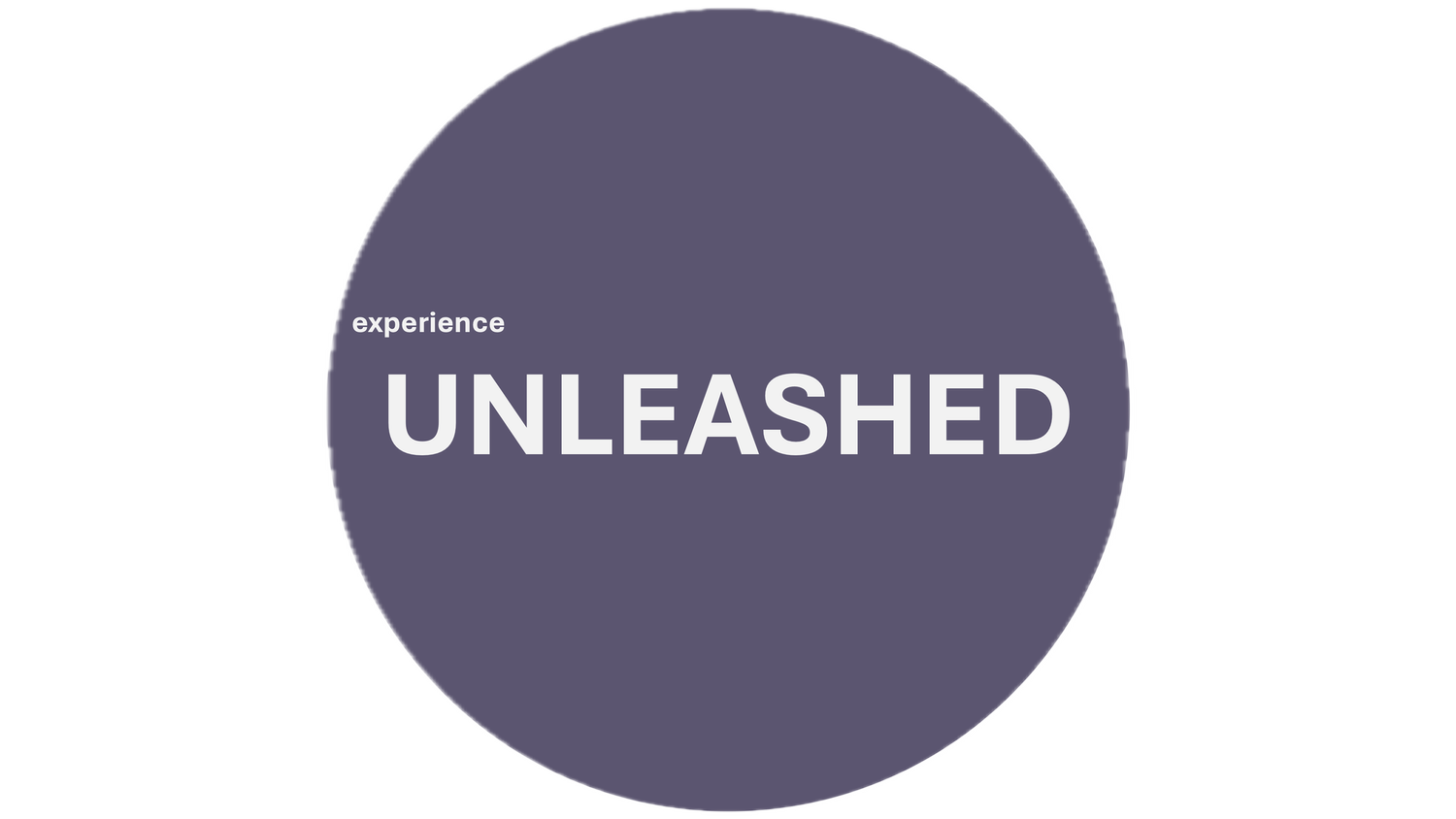The HOW and WHAT of Customer Centric Organic Growth
Many organisations strive for Customer Centric Organic Growth because it leads to sustainable shareholder value. But it is difficult to create the momentum for organic growth that is rapid, steady and recurring over time. But there are some basic learnings how to make it happen.
In a market dominated by increased speed of change, and where competencies, skills and offers, are often shared across companies within similar industries, it takes a lot for an organisation to drive customer centric organic growth. The recipe for success is on the one hand quite generic across industries, but the way it is executed is on the other side very company specific. There’s simply no single, or general, strategy that works across all types of industries and companies.
Companies that want to speed up its Customer Centric Organic Growth can of course drive further enhancement of the current business, continue to do what has made them into what they are. They can also find new revenue streams by creating new offerings, or they can optimize their ”front end” capabilities — ensuring they are the best brand that provides the best Customer Experience (CX) in their industry. Let’s look at the last one - best in class Brand and Customer Experience.
THE ”WHAT” TO BECOMING CUSTOMER CENTRIC IS GENERIC KNOWLEDGE
The issue for companies that want to go down this venue is not what to do - this is common knowledge. Just google ”develop best in class Customer Experience” and you will find what you need to do, something like the points below:
Focus on your core (most important) customers and their needs.
Improve your Brand Experience.
Identify the roles your touch points play in the customer journey, and optimize performance.
Identify, and close, the most business critical Customer Experience Gaps.
Define experience (X) and operational (O) data that you need to collect, develop the right CX KPIs and start measure your CX progress.
Define the new, CX-centric, governance model to drive Customer Centric Organic Growth.
Improve your employee experience into a Customer Centric Growth minded culture.
Now this is pretty straight forward right? WHAT to do to drive customer centric growth is common knowledge today, the key thing is HOW this is done. Understanding that the how and the what are equally important, is instrumental for any organisation, but still the “How” is often overlooked, or at least not paid enough attention to.
Why, because it is difficult and take quite an effort to do. To be successful, the organization must let go of functional silo driven mindset, and instead take a holistic outside in, consumer centric, perspective on the business. How are we doing in the eyes of the customers, along the complete journey. Where do we need to invest to drive significant improvements? With this perspective, sales, marketing, customer service does not compete for resources, the customer tells the company where they need to invest.
And there’s only one way to succeed with this - to work top down AND bottom up at the same time. Top Down because the direction needs to be set and laid out, bottom up because the insights an organisation operates from, needs to come from the actual field, first hand from the customers. The amazing thing is, when top down and bottom up works, some very obvious benefits will occur within an organisation:
When including people from all areas of the organisation (bottom up) it means that people within the organisation are part of the Customer experience and development - and the leaders at the top get closer to the knowledge, hypotheses and thoughts from the people that are closest to the customers.
When working bottom up leaders within a company are also able to identify people with special talents for understanding customers, and ambassadors for customer centric thinking.
The top down approach is of course important as it facilitates a customer view within the organisation - Customer Centric and Customer Experience are very broad concepts, the perspective needs to come with a set of guardrails, or common language, or the risk is that confusion takes over.
When bottom up and top down way of working meets, a company creates the handshake between ambition and actions, and then strategies can become operationalized.
/Anton Lundberg

